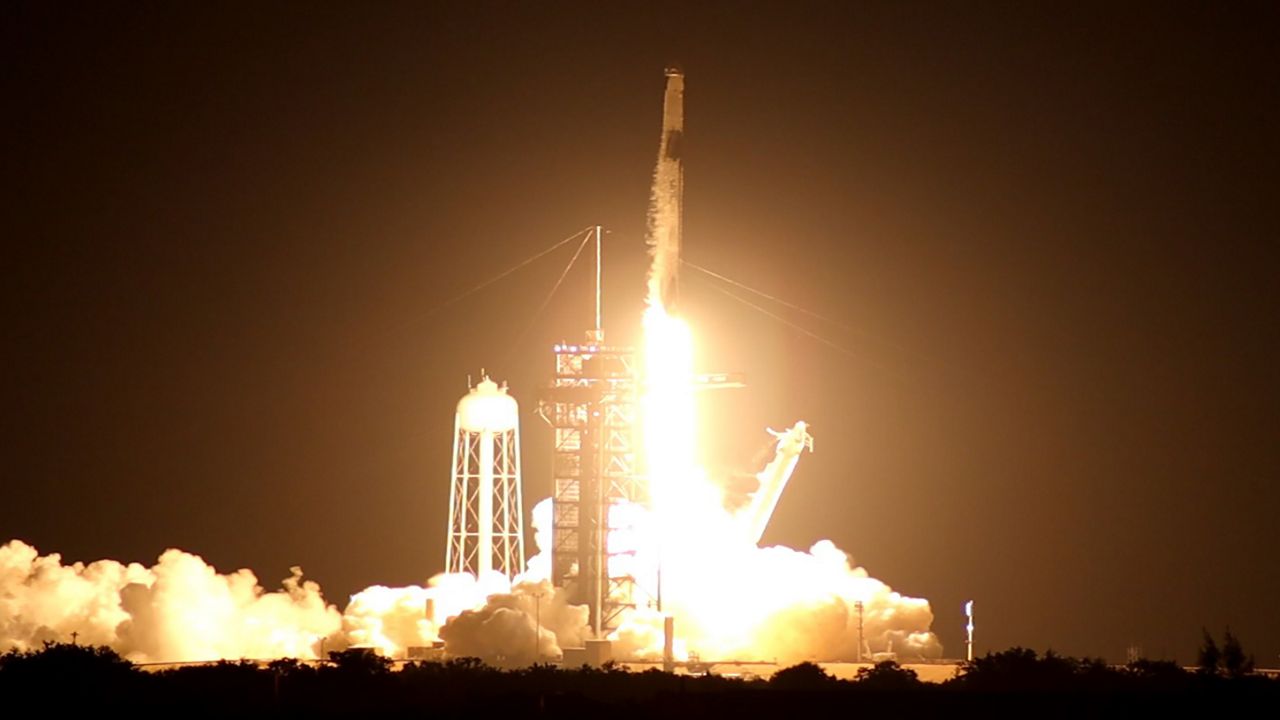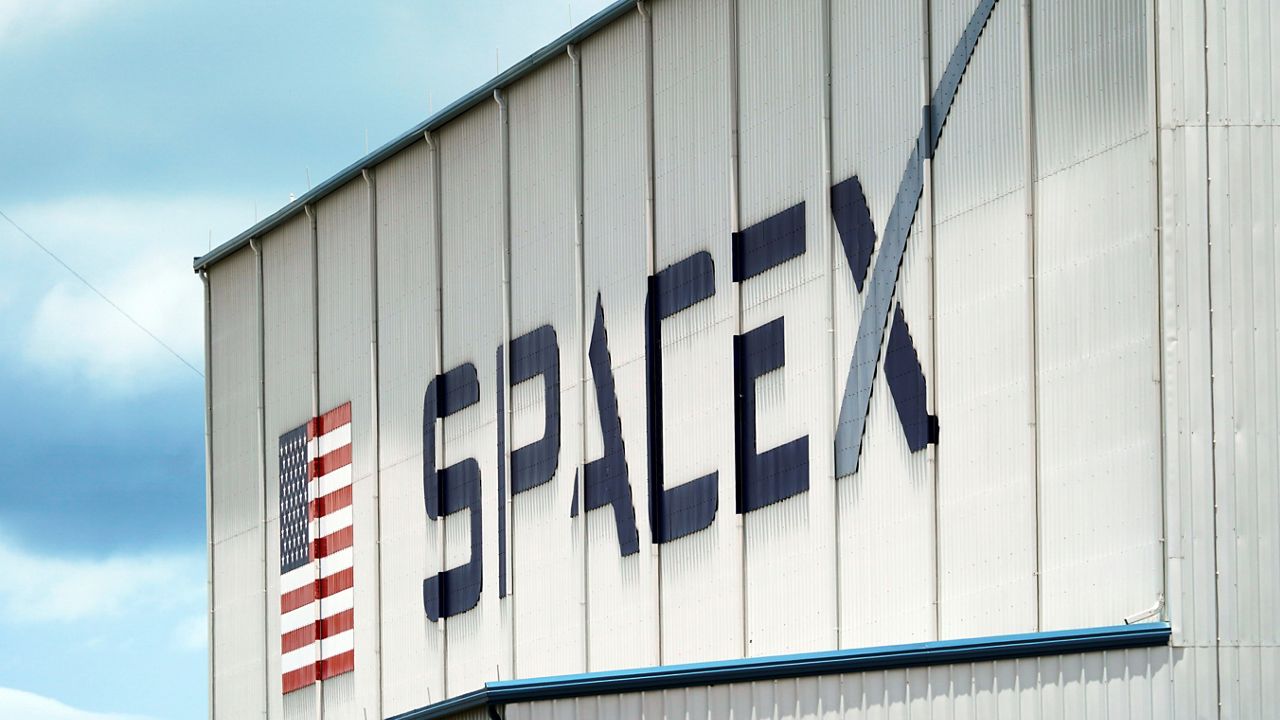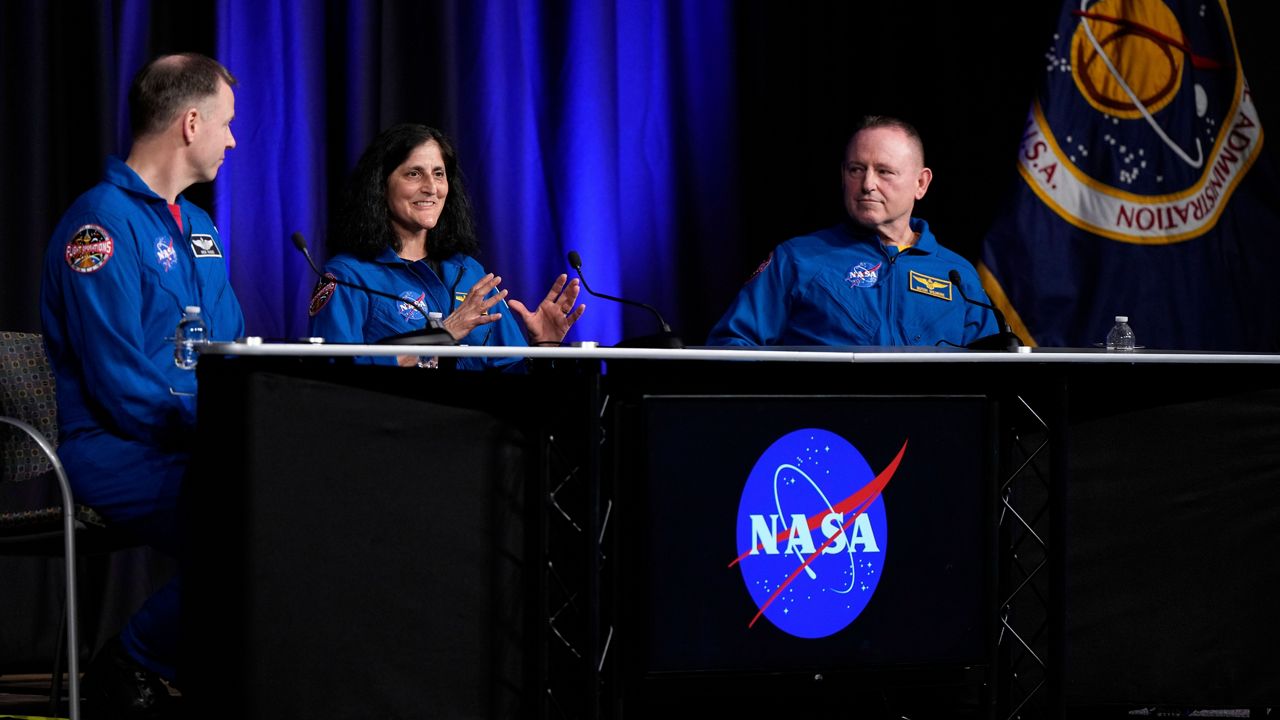On the anniversary of the first image from the famed James Webb Space Telescope, it unveiled about 50 baby stars in a “stellar nursery,” an official told Spectrum News on Wednesday.
What You Need To Know
- At least 50 baby stars have been detected, said an official
- Dr. Nancy Levenson explains more about these 'babies'
- Find out what she hopes what the next discovery from the James Webb Space Telescope will be
- 🔻PHOTO GALLERY: The discoveries of the James Webb Space Telescope🔻
Within the Rho Ophiuchi cloud complex, the closest star-forming region to Earth, are about 50 baby stars, said Dr. Nancy Levenson to Spectrum News.
“This fabulous new image that we just released, it’s a stellar nursery. It’s a place where new stars are forming. And there are at least 50 of them that we can detect in this image,” Levenson said, who is the interim director of the Space Telescope Science Institute, which operates the telescope.
Within the image, Levenson described how some of them are seen as shining light in the bright regions, with others sending out jets of red material. Others remain deeply buried in “cocoons” where they are formed.
Rho Ophiuchi is about 400 light-years from Earth, and Levenson explained it has taken that light about four centuries to reach the James Webb Space Telescope.
“We don’t get that view of them exactly as they are today,” she said of images of that are centuries, or in some cases, billions of years old.
The image itself is a composite of several different ones, Levenson said. While we cannot see the cosmic cloud complex with our naked eyes, the telescope is only sensitive to infrared light, which humans cannot see.
By detecting near-infrared and infrared wavelengths, which is light beyond the red end of the visible range, the telescope is able to create an image.
For Levenson, she personally hopes that the next big revelation is an exoplanet — a planet outside of our solar system.
“And so with Webb, we are able to get real details about their atmospheres. What are they made of? Are they cloudy? Are they hazy? And, so that’s really telling us a lot about the formation of exoplanets, the different kinds of exoplanets that might be out there,” she said.
She finds the James Webb Space Telescope and its cosmic findings very inspirational and motivational.
“Some of what is so great to share this with the public, some of whom I hope will be inspired … (some of them) maybe the next Galileos of being astronomers, but some of them may also be the engineers who design the telescope or the people who talk to and control the telescope from here on Earth,” Levenson said.
The birth of a new legend
Following in the footsteps of space exploration from Galileo's first look through a telescope all the way to the Hubble Space Telescope unveiling the mysteries of the galaxies, came the James Webb Space Telescope.
Named after NASA’s second administrator James E. Webb, the telescope was launched on Christmas Day in 2021 from Europe’s Spaceport in French Guiana on the Ariane 5 rocket.
The mission of the telescope is simple: To find the first galaxies that formed in the early universe, including stars forming solar systems.
Months after its launch and finding its new home about a million miles from Earth (called the second Lagrange point), on July 11, 2022, the world got to see Webb’s First Deep Field: the deepest and sharpest infrared image galaxy cluster SMACS 0723 and it was the telescope’s first full-color image.
The composite image, made up of different wavelengths, showed what old SMACS 0723 looked like — 4.6 billion years ago!
As Levenson explained earlier, telescopes are like time machines and can show us what stars and galaxies looked so many eons ago.









